Chris Howe reports on the progress being made on delivering three new stations in Birmingham - and how that will feed into wider Midlands Rail Hub ambitions.
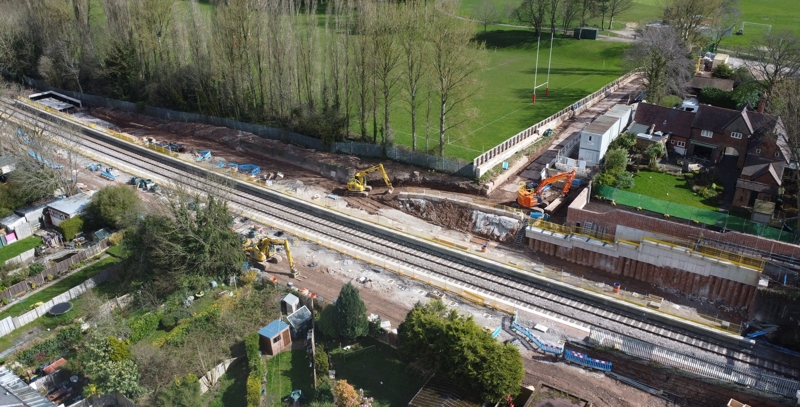
Chris Howe reports on the progress being made on delivering three new stations in Birmingham - and how that will feed into wider Midlands Rail Hub ambitions.

Since November 2022, VolkerFitzpatrick has been working on behalf of the West Midlands Rail Executive and the West Midlands Combined Authority to deliver three new stations on the Camp Hill Line in Birmingham, to replace ones closed in 1941.
Thankfully, the line itself remained open, although for the past 80 years it has been used only for freight traffic, empty stock moves, and some CrossCountry services in order to bypass the Cross-City Line.
The £61 million scheme to reopen the Camp Hill Line entails three stations being rebuilt as accessible, two-platform stations capable of handling six-car trains.
The initial two trains per hour service will operate between Birmingham New Street and Kings Norton, with trains joining the Camp Hill Line at St Andrews Junction. As the line will remain unelectrified, the service will be operated by West Midlands Railway using Class 196 diesel multiple units.
Heading south from New Street, the first of the rebuilt stations on the route will be Moseley Village. This is located on St Mary’s Row in Moseley, just to the north of the short tunnel which takes the line underneath what will eventually be the entrance to the station and St Mary’s Row.
The next station will be approximately 1km to the south, located close to the A435 High Street in Kings Heath, next to a small retail park. The new Kings Heath station will be situated alongside the car park for the retail park and will have access from a new pedestrian overbridge onto High Street.
The final new station on the route will be Pineapple Road, located approximately 1.5km to the south of Kings Heath, and just north of the bridge which takes Cartland Road over the line in Stirchley.
From there, trains will head south to Kings Norton, where the trains will terminate, before reversing to head back to New Street station.
Rebuilding stations that had existed previously would normally be relatively straightforward.
However, the reopening of the three stations has not been without its challenges, as after eight decades almost nothing remained of the original structures.
The sites for the three stations are also especially constrained. Substantial remediation works had to be carried out in order to stabilise cuttings and provide space for the longer platforms.
Piling work is clearly visible at Kings Heath and Pineapple Road stations, while ground anchors and concrete has been used to stabilise embankments on either side of Moseley Village station.
Lack of space has not been the only challenge faced by the contractor.
In June last year, it was reported that the discovery of a colony of badgers in Moseley was the reason for a significant delay in reopening the station.
Badgers are classified as an endangered species, which means their setts cannot simply be removed. VolkerFitzpatrick had to work with ecologists to rehome the badgers to a suitable location before work on the station could continue.
It had been hoped that the new stations would be complete in time for services to commence between New Street and Kings Norton following the December 2024 timetable change.
However, these challenges mean that the opening date has now been put back to autumn 2025 (RAIL 1014).
Operating services to Birmingham New Street is currently the only practical way to get trains into the city centre, although capacity at the station has been constrained for a number of years.
However, the new service will be able to make use of paths into New Street which have become available following the pandemic.
In particular, Cross-City Line services have not returned to pre-pandemic levels. Currently, four trains per hour operate in each direction, as opposed to six trains per hour previously.
This also means that there will be capacity to turnback the new Camp Hill Line trains at Kings Norton, on the Cross-City Line, without any expensive infrastructure modifications.
Ultimately, following completion of the Midlands Rail Hub project, it is proposed to restore six trains per hour on the Cross-City Line into New Street and to re-route the Camp Hill Line services into Birmingham Moor Street station.
The Midlands Rail Hub scheme is being developed jointly by the Department for Transport, sub-national transport body Midlands Connect, West Midlands Rail Executive, and Network Rail.
The project involves construction of two new chords in the Bordesley area from the Chiltern Main Line to connect the Camp Hill Line and the line from Water Orton with the existing Chiltern Main Line into Birmingham Moor Street.
It further involves building additional platforms at Moor Street and a new platform at both Snow Hill and Kings Norton, as well as increasing the number of tracks between Moor Street and Bordesley.
The western Bordesley chord would not only allow Camp Hill Line services to terminate at Moor Street, but together with other proposed infrastructure interventions south of Kings Norton it would allow additional services from Moor Street to serve Bristol, Cardiff, Worcester and Hereford.
Similarly, in conjunction with other infrastructure works east of Birmingham, the second chord at Bordesley will enable additional trains to head from Moor Street towards the East Midlands. In total, more than 50 stations will benefit from the Midlands Rail Hub plans.
Constructing the two new chords is likely to be one of the most challenging aspects of the scheme, and will likely involve the rebuilding of the bridge over Bordesley Middleway and the construction of a bridge over the roundabout at the western end of Small Heath Highway. In addition, both the eastern and western chords would have to cross the Grand Union Canal.
Ideally, both chords would be constructed at the same time, which should provide overall cost savings by delivering the works within a single package.
The budget for the combined Midlands Rail Hub interventions is estimated to be £1.75 billion, and it is hoped to complete the project around the early 2030s, should funding be agreed.
At the beginning of March, the Government announced funding of £123m to progress the Full Business Case stage and begin design work.
Owing to the scale of the project, the Government, as well as agreeing to fund the scheme, must also grant a Transport and Works Act Order (TWAO), which would provide Network Rail with permission to begin construction.
The TWAO will only be granted once the full business case has been appraised and funding granted, which is likely to still be a few years away.
In the meantime, reopening the Camp Hill Line will provide benefits for residents who live in the south of the city, who currently don’t have access to rail services.
The Camp Hill Line could also improve local and regional connectivity with HS2 services from Curzon Street, should the western chord be constructed.
The western concourse of Curzon Street will be adjacent to the entrance to Moor Street station. However, the current plans for the new HS2 station do not include full integration with Moor Street, so it is therefore hoped that plans will eventually be progressed to fully integrate the two stations.
If the full Midlands Rail Hub scheme can be realised, then connectivity with HS2 services will be further enhanced and could bring passengers from Bromsgrove and Worcester within easy reach of HS2 services.
From the very beginning, the location of the new HS2 station has come under criticism, owing to the distance from New Street station.
But if the Midlands Rail Hub is realised, then Birmingham Moor Street could become a much more convenient station for onward travel from Curzon Street to destinations across Birmingham and further afield to the West and East Midlands, should both of the chords at Bordesley be constructed.
The Government has claimed that the Midlands Rail Hub has been made possible by “reallocated HS2 funding” freed up by the cancellation of the northern sections of HS2.
However, in addition to the improved regional and cross-regional connections it delivers, Midlands Rail Hub has always been seen as key to unlocking the full benefits of HS2. In fact, the cancellation of the northern section appears to have reduced the overall benefits, and limits the scope for further connectivity improvements.
Without significant upgrades to the West Coast Main Line, or the construction of a new line between Handsacre and Crewe/Manchester, it will be unlikely that services will be able to operate from Curzon Street to Manchester, the North West and Scotland.
And while this shouldn’t affect the business case for the Midlands Rail Hub, it will limit the usefulness of Curzon Street Station - and ultimately curtail the transformational connectivity that HS2 Phase 2b would have provided between Britain’s two largest regional cities.
That’s not to say the Midlands Rail Hub will not be transformational on its own, if delivered in full. But the benefits could be spread much further if HS2 were to be constructed in full.
For a full version of this article with more images, and others like it, Subscribe today and never miss an issue of RAIL. With a Print + Digital subscription, you’ll get each issue delivered to your door for FREE (UK only). Plus, enjoy an exclusive monthly e-newsletter from the Editor, rewards, discounts and prizes, AND full access to the latest and previous issues via the app.
Login to continue reading
Or register with RAIL to keep up-to-date with the latest news, insight and opinion.


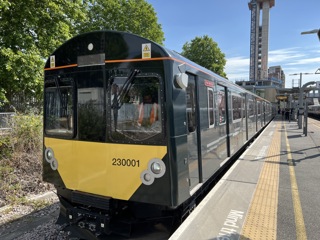
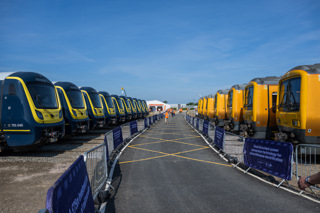
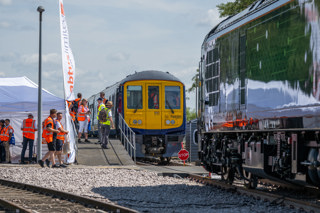
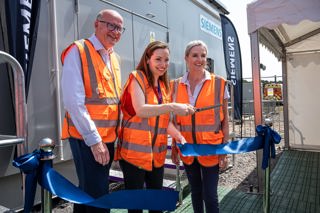












Login to comment
Comments
No comments have been made yet.